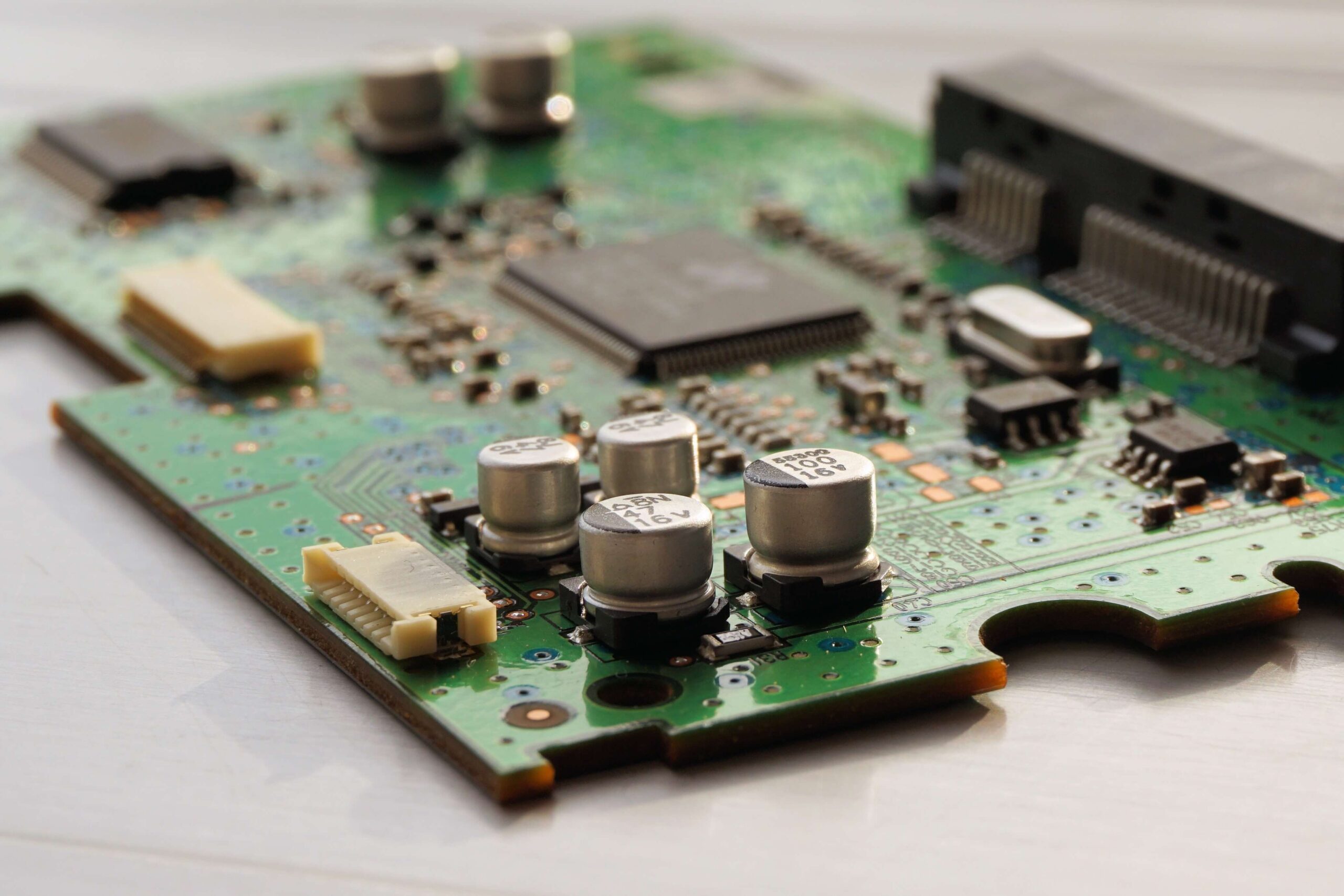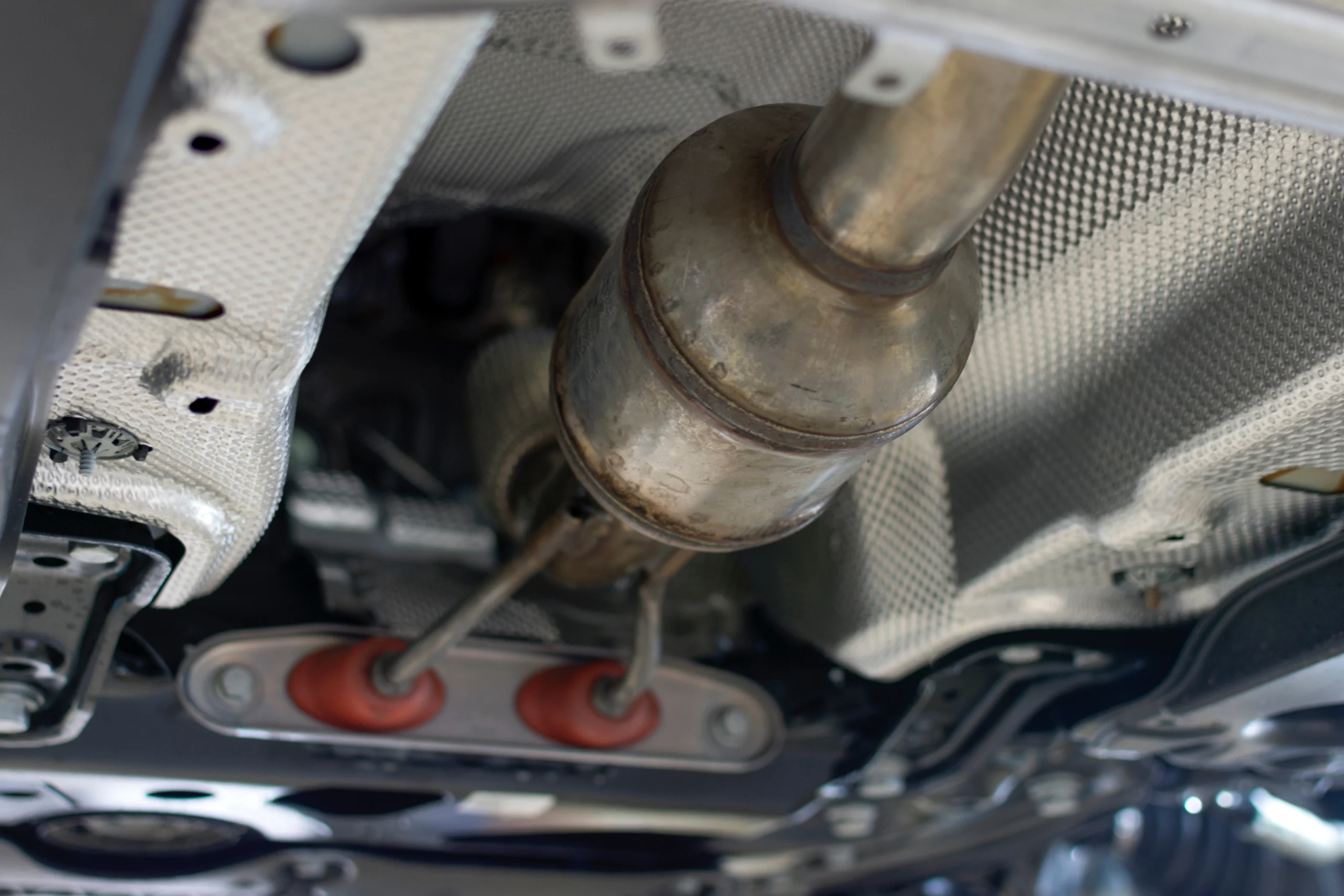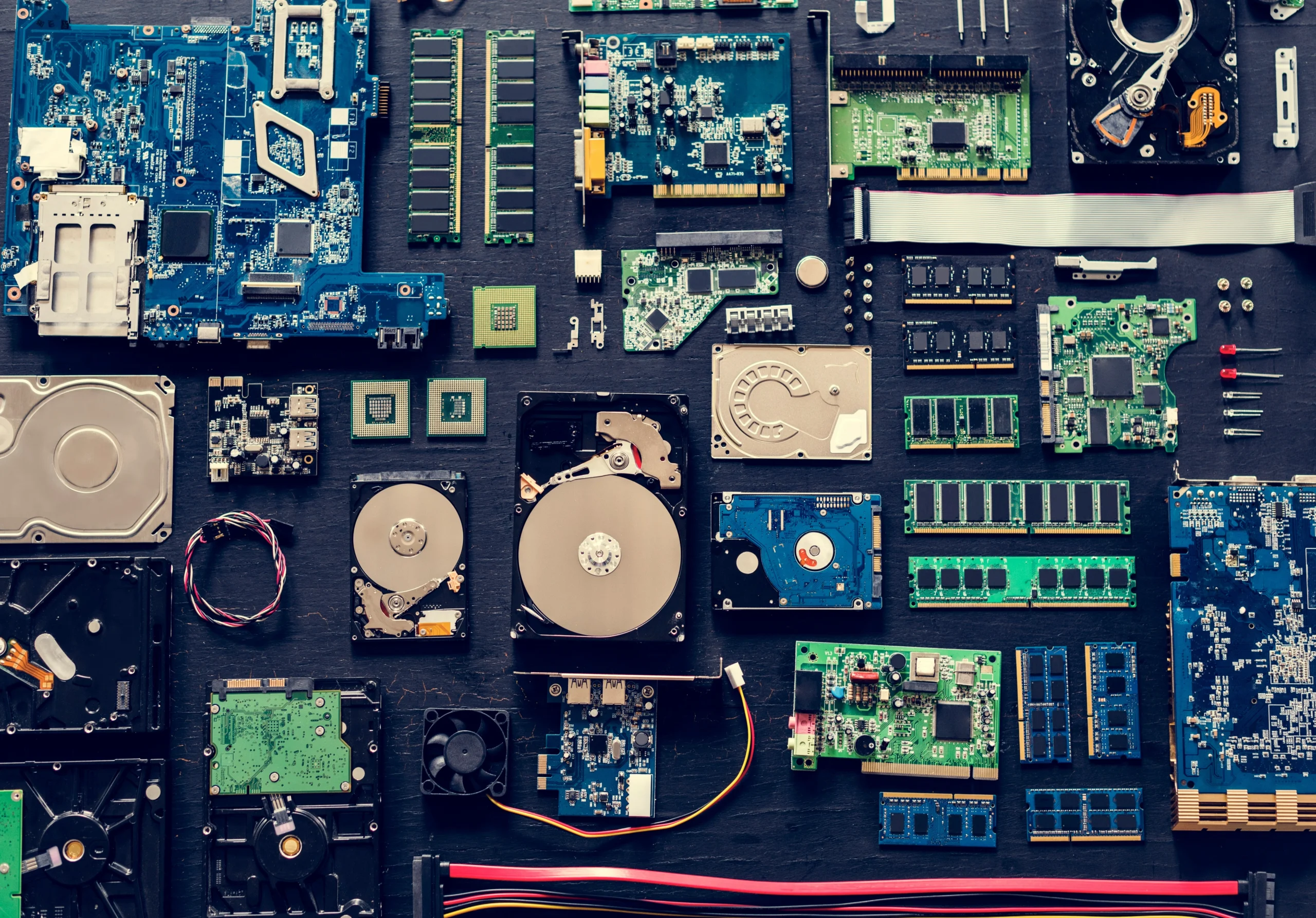In our fast-changing world, electronic devices have become a part of everyday life. From smartphones and laptops to televisions and home appliances, they shape how we work, communicate, and relax.
However, this technological progress has also created a serious environmental challenge — e waste. In this article, we explain what e-waste is, how it affects the environment, and why proper e waste recycling is essential.
What is E-waste?

E-waste refers to discarded electronic devices that are no longer useful. These include personal gadgets like phones and tablets, as well as home appliances such as fridges and washing machines. It also covers industrial tools, office equipment, and even medical devices.
Due to rapid tech innovation and shorter product lifecycles, more electronics become obsolete every year. As a result, ewaste recycling has become increasingly important to minimize waste and recover valuable materials. According to the Global E-waste Monitor 2020, only 17.4% of global e-waste was recycled properly in 2019.
The Environmental Impact of E-waste
E waste is harmful to the planet for several reasons.
First, many electronic devices contain valuable materials. These include gold, silver, palladium, and rare earth elements. When thrown away or incinerated, these resources are lost. This leads to increased mining, which damages ecosystems and depletes natural reserves.
Second, electronics often hold hazardous substances such as lead, mercury, and cadmium. If dumped in landfills or handled improperly, these chemicals can leak into the soil, water, and air. Over time, they can cause serious health problems — including breathing issues, nervous system damage, and birth defects.
In short, irresponsible disposal of electronics highlights the need for electronic recycling through certified providers.
The Importance of Responsible E-waste Management
To reduce harm, we must focus on responsible e waste recycling. Here’s how:
1. Recycle
Recycling allows us to recover rare materials and avoid the need for new extraction. It also lowers greenhouse gas emissions and energy use. As noted by the U.S. Environmental Protection Agency, e waste recycling helps keep harmful substances out of landfills and supports a circular economy.
2. Reuse and Repair
Not all electronics need to be thrown out. Many devices can be repaired, refurbished, or passed on to someone else. This extends their life and keeps them out of the waste stream. Selling or donating still-functional items is a great first step before turning to ewaste recycling options.
3. Support Regulations
Governments must enforce laws that support electronic recycling. Regulations can require manufacturers to take responsibility for their products at the end of life. These policies help guide both businesses and individuals toward better waste habits.
4. Educate and Raise Awareness
People often don’t know where or how to recycle electronics. Therefore, public campaigns and education are vital. When consumers understand the risks, they are more likely to search for e waste recycling near me and dispose of items responsibly.
E-waste is a growing environmental challenge with significant consequences for our planet and its inhabitants. To protect the environment, conserve valuable resources, and mitigate health risks, it is crucial to embrace responsible electronic recycling for businesses. Partnering with e-waste recycling companies ensures that discarded electronic devices are handled properly, reducing harmful environmental impacts. By recycling, reusing, and raising awareness about the effects of e-waste, businesses can contribute to a more sustainable future. Together, we can minimize the environmental footprint of electronic devices and pave the way for a cleaner and greener world.Final Thoughts
E waste is a growing threat to both the environment and human health. By recycling, repairing, and spreading awareness, we can protect resources and reduce pollution.
Businesses also play a big role. By partnering with certified providers of e waste recycling, companies ensure that their discarded electronics are processed safely and sustainably.
Let’s take action today — for a cleaner, safer, and greener tomorrow.
South Group RecyclingFAQ
What electronic items can be recycled as e-waste?
Most electronic devices can be recycled, including smartphones, laptops, desktop computers, tablets, TVs, printers, monitors, chargers, and household appliances like microwaves and refrigerators. Additionally, industrial and office electronics such as servers, medical equipment, and copiers are also accepted by most e-waste recycling centers. It’s best to check with your local recycler for a detailed list of accepted items.
Why is e-waste considered hazardous to the environment?
E-waste contains hazardous materials like lead, mercury, cadmium, and flame retardants that can leach into soil and water when improperly disposed of. These toxins pose serious environmental and health risks, including air and water contamination, respiratory issues, and harm to local wildlife and ecosystems. Responsible recycling prevents these materials from causing harm and ensures proper handling and recovery of valuable components.
How can I find an e-waste recycling facility near me?
To find a nearby e-waste recycling center, you can search online using phrases like “e-waste recycling near me” or visit your local government’s waste management website. Many certified recyclers, such as South Group Recycling, offer pickup services or drop-off locations for businesses and individuals. Always ensure the facility follows environmental regulations and responsibly processes electronic waste.





